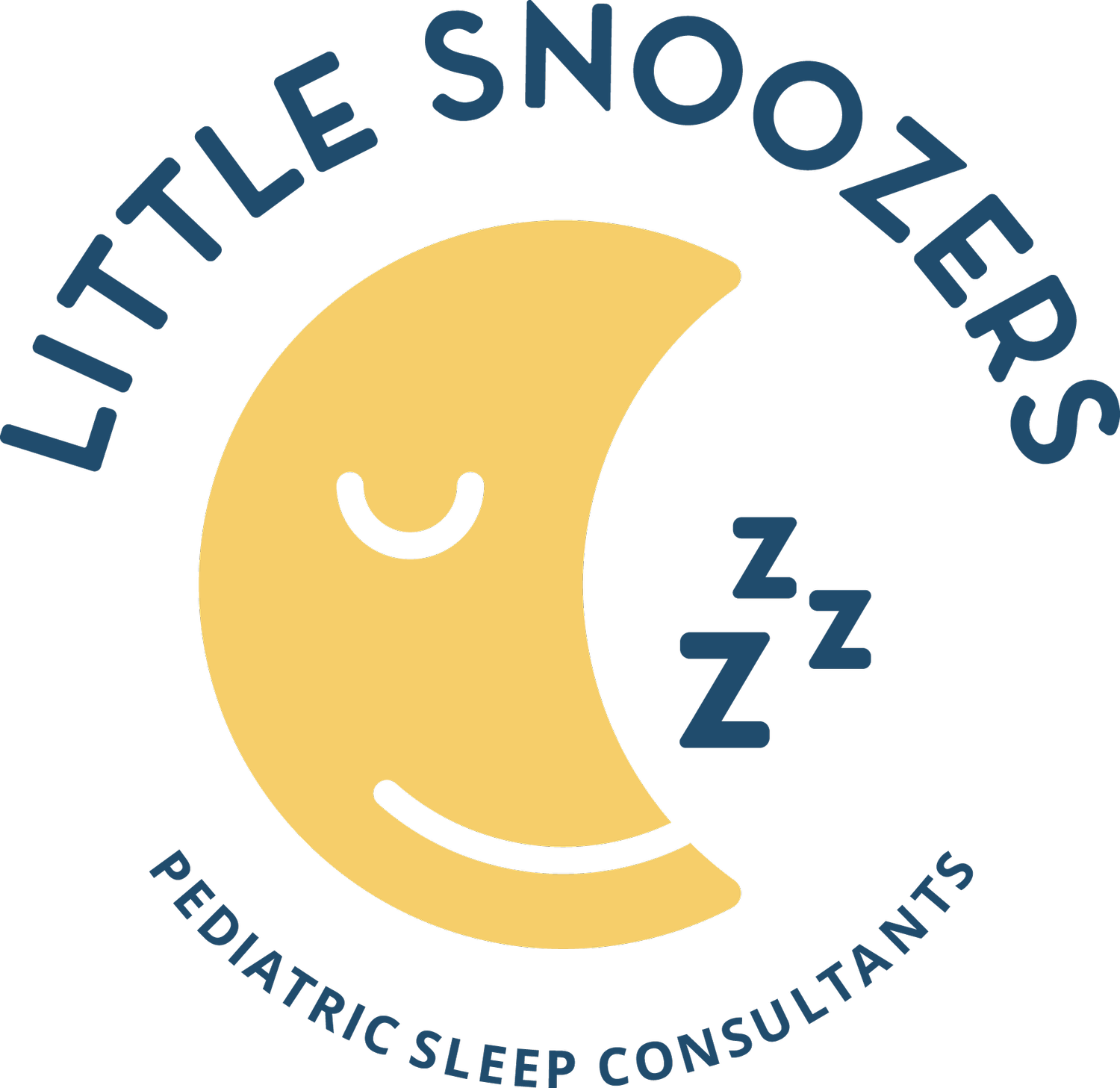How Much Do You Know About Safe Sleep? Take Our Quiz and Find Out!
True or false? SIDS is the leading cause of death for babies 1 month to 1 year of age.
TRUE! While this is true there are steps you can take to reduce your baby’s risk.
True or false? It’s safe for you to place your baby on his stomach for sleep.
FALSE!
Babies should always be placed to sleep on their backs. Once your baby starts to roll over on his own it is ok if he rolls onto his stomach to sleep, you don't have to worry about rolling him back. What you can do if your baby doesn’t seem to like sleeping on his belly is during wake times offer lots of tummy time and help your little one practice rolling from his tummy to his back. Before you know it your baby will be able to get to a comfortable sleep position on his own!
True or false? It’s safe to use a bumper in your baby’s crib.
FALSE!
Your baby should sleep in a safety-certified crib with a firm mattress and a tight fitting sheet. You should not use bumpers, pillows, stuffed animals, blankets, etc. It is safest for your baby to be alone in the crib so as to avoid suffocation. Your baby will not get hurt if he bumps up against the side of the crib.
True or false? Breastfeeding can reduce the risk of SIDS.
TRUE!
Breastfeeding has been shown to reduce the risk of SIDS. Using a pacifier for naps and bedtime can also reduce your baby’s risk of SIDS. If using a pacifier, do not attach it to anything such as a string, strap or stuffed animal, these can become a strangulation or suffocation hazard. If your baby’s pacifier falls out while sleeping, no need to replace it.
True or false? It’s safe to place my baby to sleep in a swing.
FALSE!
Babies should only be placed to sleep in a safety-certified crib or bassinet on a firm mattress with a tight fitting sheet. It’s easiest to have one sleep area for your baby, that way in the middle of the night you will not be tempted to put baby down to sleep in another spot (swing, rock-n-play, your bed, car seat, etc). This also helps baby to become familiar and comfortable in his sleep space and can make it easier for him to fall asleep and stay asleep.
True or false? It’s safe to room-share with my baby for up to one year of age.
TRUE!
The American Academy of Pediatrics (AAP) updated their safe sleep recommendations in 2016 to include room-sharing with your baby to decrease the risk of SIDS. The AAP recommends room-sharing ideally for the first year of life, but at least the first 6 months. When room-sharing your baby should have his own safety-certified crib or bassinet close to your own bed. Room-sharing is not to be confused with bed-sharing, which is not recommended.
Other safe sleep tips:
*Do not smoke during or after pregnancy and do not allow others to smoke around your baby
*Do not use sleep positioners
*Do not let your baby get too hot. The ideal sleep temperature is between 68-72 degrees fahrenheit. If you are worried about your baby getting too cold use a sleep sack over pajamas.
When in doubt keep it simple and remember the ABCs of safe sleep
A – Alone in crib (no loose blankets, stuffed animals, pillows, bumpers, etc)
B – Back - baby should always be placed to sleep on his back to sleep
C – Crib –baby should be placed to sleep in a safety-certified crib with a firm mattress and a tight fitting sheet
Contact us to schedule your free 15-minute phone consult. Follow us on Facebook and join our sleep community! Subscribe to our newsletter to stay in the know!
